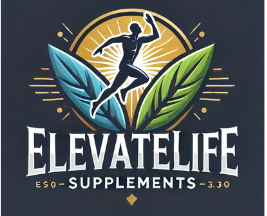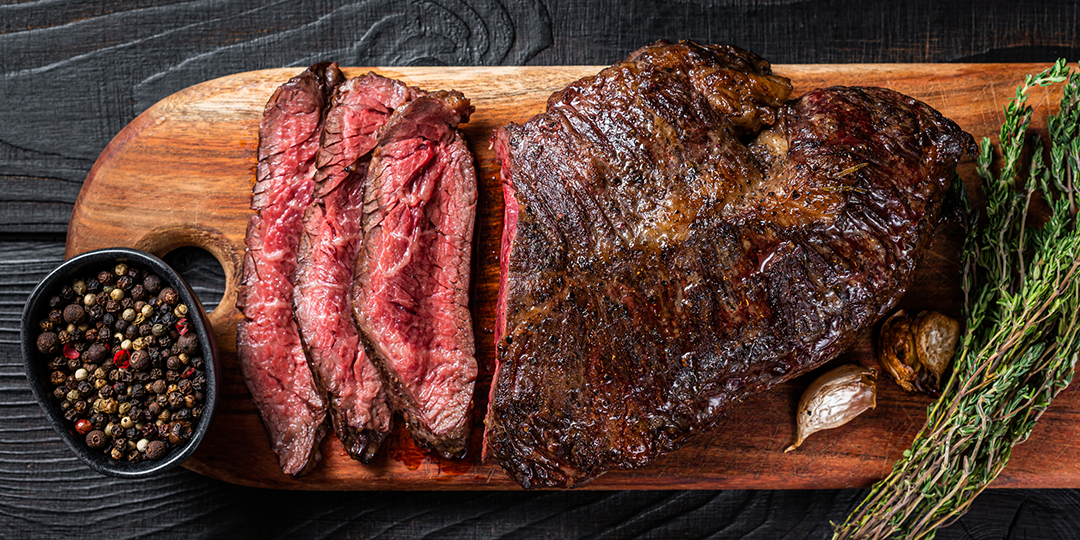The vertical diet, created by professional bodybuilder and powerlifter Stan Efferding, has been gaining popularity for its claims to improve athletic performance and body composition. While initially designed for high-level athletes, it has now caught the attention of average gym-goers as well. However, it is important to note that there is limited research to support the founder’s claims, and many individuals may do just as well or better on a more balanced diet.
The term “vertical diet” stems from its contrast with a “horizontal diet.” While a horizontal diet encourages a wide variety of foods from different food groups, the vertical diet focuses on consuming large quantities of a few specific foods that are easy to digest. This simplifies meal planning, energy intake, and nutrient absorption. While the vertical diet may benefit individuals with specific gastrointestinal conditions, its benefits for the general population lack scientific evidence.
For those considering following the vertical diet, it is crucial to understand the restrictions and rules it entails, which are influenced by the low-FODMAP diet. This diet advocates for calorie counting to ensure a caloric surplus for muscle gain, making it unsuitable for those aiming to lose weight.
The vertical diet is primarily targeted towards individuals looking to build muscle mass quickly and easily. It simplifies the process of consuming a high number of calories and tracking macronutrient intake. Athletes and bodybuilders who closely monitor their food intake and progress may find this diet useful for making regular adjustments. However, for the general population, there are more cost-effective and enjoyable ways to track and modify food intake.
Certain groups of individuals should avoid the vertical diet, including those susceptible to heart issues, individuals consuming moderate calories, and those seeking weight loss. Additionally, individuals with a family history of colon cancer or diabetes should steer clear due to the high red meat and white rice content of the diet.
The vertical diet primarily consists of white rice for easy digestibility and red meat for its essential nutrients. It also includes low-FODMAP vegetables and fruits, animal products, and soaked and fermented legumes and oats. Foods to avoid on the vertical diet include high-FODMAP vegetables and fruits, grains, legumes, sugar, processed oils, coffee, and alkalized water.
While the vertical diet may help build muscle mass and benefit individuals with food sensitivities, it has downsides. The restrictive nature of the diet can lead to nutrient deficiencies and gut health issues. Additionally, it may be challenging to sustain long-term due to its limitations on food variety and potential costliness.
In conclusion, the vertical diet is not a one-size-fits-all approach to dieting. While it may offer benefits for some individuals, many others may find more success with a flexible and enjoyable diet plan. Variety, accessibility, and affordability are key factors in achieving sustained results in nutrition and overall health. It is essential to find a dietary approach that aligns with individual preferences and goals for long-term success.


